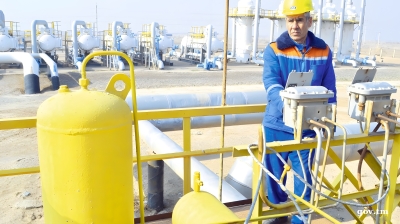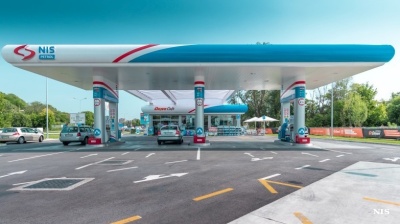Tens of thousands of people gathered in Novi Sad on November 1 to mark one year since the collapse of the city’s railway station canopy that killed 16 people and injured one, one of Serbia’s worst infrastructure disasters.
The tragedy has become a symbol of public anger over corruption and negligence, fueling Serbia’s largest protest movement in more than a decade.
Citizens assembled at 16 locations across the city — one for each victim — before marching to the station, where they observed a minute of silence at 11:52 a.m., the time of the collapse. Wreaths were laid as church bells tolled, and in Belgrade, Patriarch Porfirije led a memorial service. Serbia and Republika Srpska declared a national day of mourning.
Participants arrived from across the country, including student and farmer convoys travelling on foot, by bicycle and by tractor. Police closed central streets as crowds filled Liberation Boulevard and traffic was diverted around the city centre.
The demonstrations began last year as an outpouring of grief but have since evolved into a broader challenge to President Aleksandar Vucic and his ruling Serbian Progressive Party (SNS), with protesters demanding early elections.
SNS offices in Novi Sad, damaged during earlier violent protests, were closed and guarded. The event remained peaceful during the day, with organisers describing it as a memorial rather than a political rally.
The large turnout underscored the persistence of the movement and its support across Serbia.
The anniversary comes amid growing economic and diplomatic pressure on Vucic’s government, including US sanctions on the country's sole oil firm NIS, factory closures, criticism from the European Union and tensions with Russia over stalled gas talks.
One year after the collapse, the scale of Saturday's gathering shows that Serbia’s protest movement retains momentum and the potential to influence the country’s political course.
News

US prepares attack on Venezuela as Maduro begs Putin for aid
The Trump administration has reportedly drawn up a list of potential military targets within Venezuela as part of its intensifying pressure on President Nicolás Maduro, who has turned to Moscow seeking urgent military assistance.

Bulgaria suspends fuel exports to EU after US sanctions Lukoil
Bulgaria has temporarily suspended exports of petroleum products to European Union countries after the United States imposed sanctions on Russian oil giant Lukoil.

US push to pressure Iran providing fresh incentive for trans-Caspian pipeline
Turkmenistan showing interest in the idea.

US–China soybean sales restart
According to Scott Bessent, US Treasury Secretary, the agreement marks a significant step towards restoring normalcy for American farmers.




